Sometimes trends catch on so fast that you almost tire of them before you jump on the bandwagon. We have looked into which items have dominated Scandinavian homes recently. Surprisingly, a lot of the items are very typically Scandinavian and have not been seen as much in the homes in the rest of the world. Could it depend on the specific conditions for people in the north? We’ll take a closer look at the inspiring rugs of Beni Ourain, round mirrors and industrial windows – how many trends are visible in your home?
1. Glass walls
If there is something the Swedes hunger for, it's light, especially during the winter months. Therefore it’s not surprising that industrial glass walls have become very popular in Nordic homes. Many people live in smaller and smaller apartments, especially in the big cities, but still want to create separate rooms. A glass wall with steel frames is both stylish and practical, compared to a plain wall or a curtain that lets in light.
2. Round mirrors
Mirrors are a proven trick to create the illusion of more space and light. Forget the classic, rectangular mirrors, the round varieties are hot in Sweden. They have started to appear in bedrooms and halls, and it is getting very popular to hang a circular mirror above the bathroom commode. Several well-known brands offer their own versions, but you can also order special dimensions from a glaziery.
4. Moroccan rugs
The demand for handicrafts, but with an exotic twist, may be the reason for the big boom of hand-woven Moroccan rugs. The neutral color scheme of lambs wool fits well in the Nordic, minimalist homes. The original, Beni Ourain carpets, have been around for many years but it was not until last year that the brands in the cheaper price categories latched on and made their own variations.
5. A day bed
The question is whether this piece of furniture is ever used as the name implies – or used at all – but in any case, it’s sleek and stylish. We predict that the day bed received a boost in the same way as we have a love for multi-functional furniture and gadgets. A day bed can be used as a bed during the day but also as a sofa if you roll up the back with pillows, or a sleeping space for overnight guests if placed in the guest room. Classics like PK80 by Fritz Hansen is on the wish list of many Scandinavians, but today there are day beds in all price ranges.
6. Sofa in wrinkled linen
Scandinavians have always had a weakness for natural materials, so it’s no wonder that the crumpled linen has made a comeback on sofas and armchairs. It’s a material that only gets finer with age, and is therefore in line with the sustainability trend that runs parallel right now.
7. Broadleaf plants
With urbanization, our living space has become more narrow, but the longing for nature and the exotic has never been greater. Therefore it is not surprising that more and more Scandinavians decorate their homes with large-leaved plants that add greenery, life and hint at a world beyond the concrete jungle.


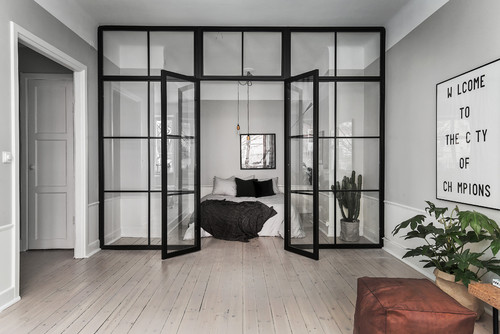
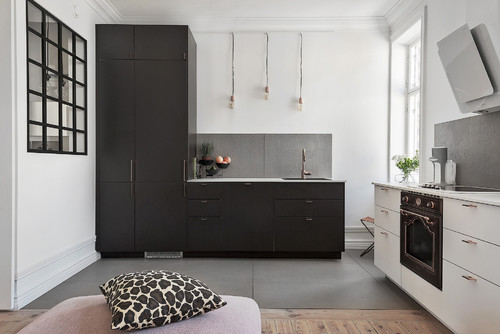
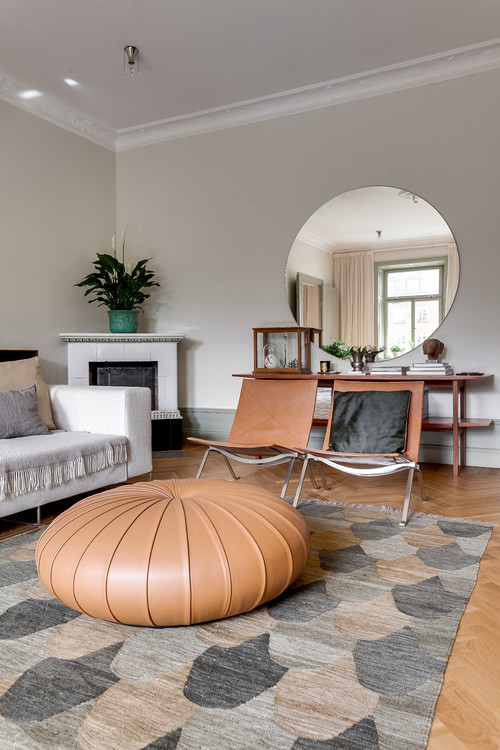
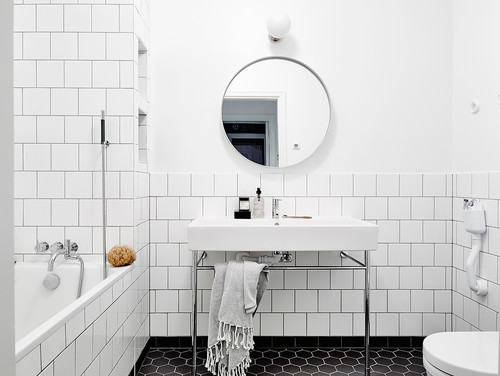
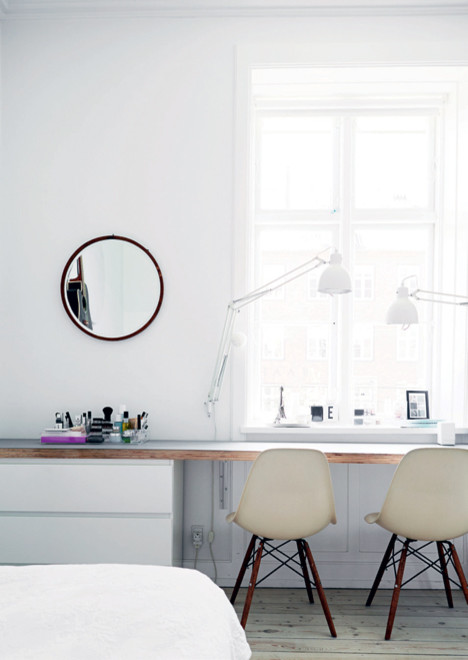

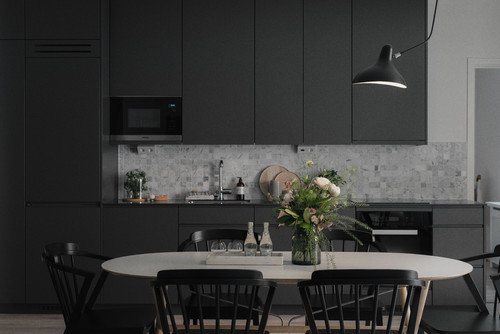
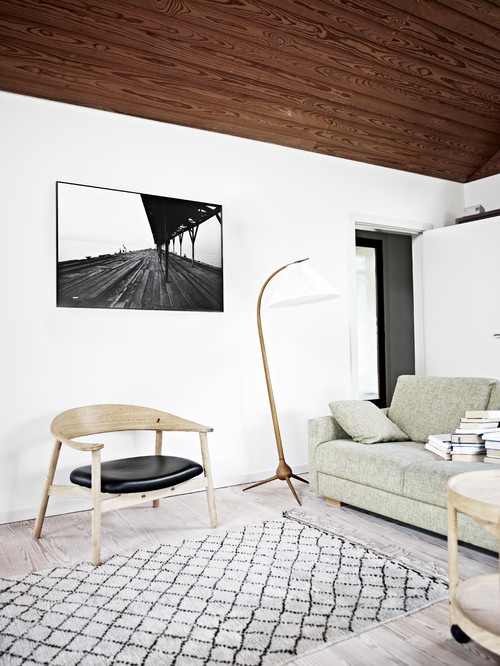


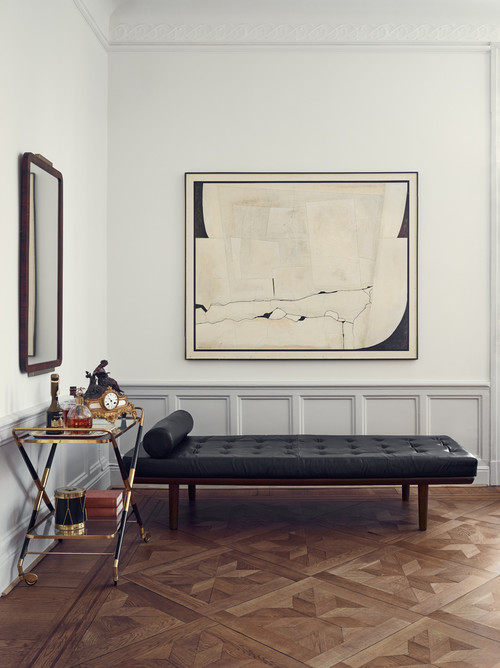
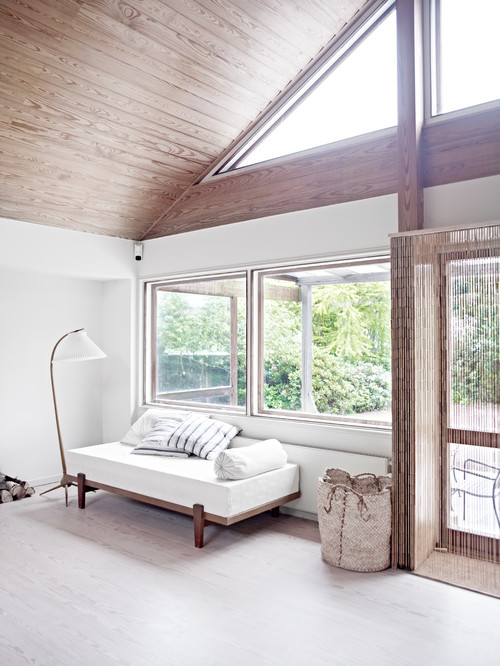









 Please whitelist us to continue reading.
Please whitelist us to continue reading.